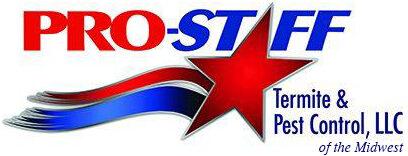Any insect with a stinger is notoriously feared, but wasps have a reputation for being incredibly hard (and painful) to get rid of. Wasps are especially active in the spring and summer. They’re also far more likely to sting you and your family than bees — a point made even worse by the fact that wasps keep their stinger and will sting you repeatedly. Unlike bees, wasps can be safely relocated. Here are tips to safely remove a wasp’s nest from your home.
Figure out where the nest is.
If you see wasps, they might be some distance from their nests. Do a walk around your property and see if you can follow the wasp back. Keep a safe distance; you’re only observing for now. Wasps like trees, patio awnings, and can even build nests under eaves.
Know which type of wasp it is.
Anyone who has ever been stung by a yellow jacket will tell you that not all wasps are created equal. Different wasps need different removal strategies. If you see bright yellow and black patterns on the wasps, they’re likely yellow jackets. Their nests are often spheres, and they like to build wherever they can find safety, both high and low. Paper wasps are similar in size to yellow jackets but are mostly brown. Their nests look more like paper lanterns, and they have a visible honeycomb pattern to them. If you spot wasps on your porch ceiling or eaves, you likely have a paper wasp hive. Paper wasps and mud daubers (smaller nest-building wasps) can both help keep pests out of your garden. They typically only attack when their nests are threatened.
Get protective gear.
If you’re trying to DIY wasp removal, there’s a high probability you’ll agitate the wasps no matter which option you choose. Wear gloves, long sleeved shirts, and long pants to minimize exposed skin. Consider wearing a hat as well to protect your head and face. Come protected, and you’ll be less likely to get injured by their stingers.
Figure out which option is best for you.
From the old standby of putting boiling water on the nest to spraying it with soapy water, there are plenty of DIY options for wasp removal. There are also chemical solutions like pesticides that can allow you to treat the area from a much safer distance than DIY counterparts. (These sprays can be really helpful when you’re trying to remove a wasp from a porch ceiling or awning.)
Consider getting plants with odors.
Wasps typically stay away from strong-smelling plants like peppermint, spearmint, eucalyptus and thyme citronella. If you’re wanting to boost your chances of staying wasp-free, add a few of the plants to your garden or patio areas. Plus, you get the added benefit of more herbs for your kitchen!
Know your exit.
Once you have your strategy for treating a nest, know your exit plan. You’ll need it as soon as you attack the first time. Wasps will pursue whoever attacked the nest, so make sure your path back to the house is clear of any trip hazards, and be quick to shut the door behind you.
If all of this sounds like a Mission: Impossible movie rather than simple pest removal, call in the experts! Our team can get rid of wasps safely and efficiently. The Pro-Staff team can also help ensure wasps don’t want to come back. We provide the best Ankeny pest control. Give us a call at 515-279-7378 or contact us online to schedule a free inspection.
